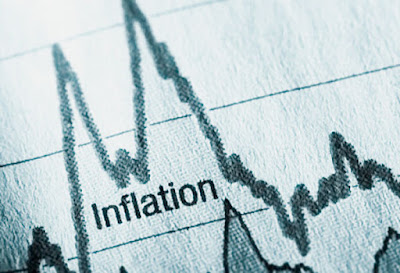Lower food prices cuts March inflation to 2.4%
MANILA, Philippines – National Economic and Development Authority (NEDA) on Tuesday noted that lower food prices, particularly rice and meat, eased the headline inflation from 2.5 percent in the previous month to 2.4 percent in March 2015.
 |
| Lower food prices pull down inflation rate in March 2015.Philstar.com/Stock |
The decrease in inflation is also remarkable progress from March 2014’s 3.9 percent headline inflation rate, the state agency said.
“The easing annual growth rate of rice prices was supported by favorable total rice stocks inventory. Food inflation could have been lower if not for the relatively higher prices of vegetables and fish, which is due in part to the likely shift in consumers’ preferences given the onset of the Lenten season," explained Socioeconomic Planning Secretary Arsenio Balisacan, NEDA Director-General.
Balisacan added that the firm commitment of local bread producers to lower the prices of bread as transportation and production costs decelerated due to cheaper fuel result in slower but adjustments in food prices.
Meanwhile, softer declines in the price of electricity, gas, and other fuels price and operation of personal transport equipment disadvantage non-food items as its inflation increased from 0.6 percent in the previous month to 0.9 percent in March 2015.
Core inflation, which excludes selected volatile food and energy prices, similarly rose from 2.5 percent in February 2015 to 2.7 percent in March 2015. It averaged at 2.5 percent in January to March 2015 although slower compared to the 2.8 percent registered in the same period a year ago.
Generally, NEDA Board Development Budget Coordination Committee still reached the target range of 2 to 4 percent inflation rate for 2015 as the headline inflation rate averaged 2.4 percent during the first quarter of 2015.
“Inflation remained low and stable in the first three months of the year in line with expectations over the policy horizon, which is likely to support consumption growth,” said Balisacan.
Balicasan elaborated that stable domestic prices is caused by a relatively stable peso, given the country’s strong external position on the back of strong remittances, rising BPO (Business Process Outsourcing) earnings and FDI (Foreign Direct Investment) inflows, ample international reserves, and a manageable level of external debt.
“The continuing decline in international oil prices is also a positive development for the country considering our dependence on imported oil,” Balicasan added.
National Capital Region’s (NCR) inflation slowed down from 2.2 percent in February 2015 and 2.9 percent in the same period a year ago to 1.9 percent in March 2015. The decline is accounted for by slower inflation in several major commodity groups which include food and non-alcoholic beverages. On the other hand, the inflation outside NCR went steady at 2.6 percent, noted to be slower than the 4.2 percent recorded last year.
“Our overall inflation outlook remains well- anchored as policies continue to be supportive of a stable inflation rate. While the current episode of mild El Niño and power woes still pose risks to inflation, the continuing efforts to ensure that appropriate policy actions are implemented are expected to temper inflationary pressures over the near to medium term,” Balisacan said.
***Originally published on Philstar.com; April 7. 2015; 6:01 p.m. Link: Lower food prices cuts March inflation to 2.4%


Comments